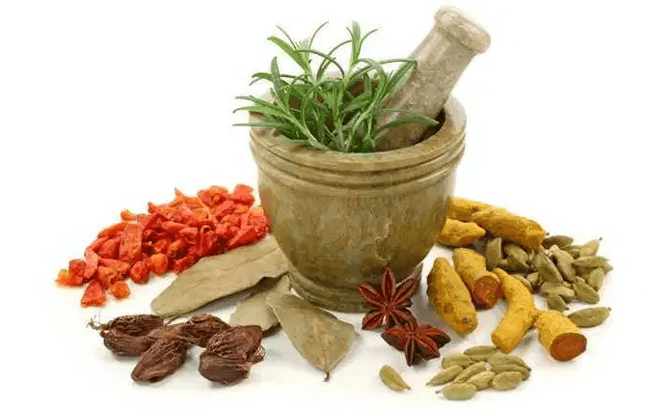Glucoraphanin (4-methylsulfinylbutyl Glucosinolate) Analysis Service
Submit Your InquiryAbout Glucoraphanin (4-methylsulfinylbutyl Glucosinolate)
Glucoraphanin is a glucosinolate, a precursor of sulforaphane.
Glucoraphanin is found in broccoli, mustard, and some other cruciferous vegetables. And it is especially rich in young broccoli sprouts and cauliflower.
The molecular formula of Glucoraphanin is C12H23NO10S3, and its CAS number is 21414-41-5.
MS-based technical means can realize the qualitative and quantitative analysis of glucoraphanin (4-methylsulfinylbutyl glucosinolate).
 Structure of glucoraphanin (4-methylsulfinylbutyl glucosinolate)
Structure of glucoraphanin (4-methylsulfinylbutyl glucosinolate)
Detection Platform
- LC-MS/MS
- GC-MS
Waters ACQUITY UPLC, MS-SCIEX QTRAP 4500/5500/6500 and Waters Xevo TQ-S
Agilent 7890B-5977A, Thermo TRACE 1300-TSQ 9000
Technical Workflow
- Experimental Design
- Collect samples and prepare standards
- Test standards and sample metabolites
- Substance standard curve preparation
- Raw data preprocessing
- Absolute quantification of substances
- Advanced analysis and customized analysis
Application Field
- Accurate quantification of glucoraphanin (4-methylsulfinylbutyl glucosinolate)
- Validate hypotheses proposed by non-targeted metabolomics or other omics
- Research metabolic models for glucoraphanin (4-methylsulfinylbutyl glucosinolate)
Technical Route of Targeted Metabolomics of Glucoraphanin (4-methylsulfinylbutyl Glucosinolate)

Sample Preparation Suggestions
| Sample type | Suggested sample quantity (per case) | Number of repetitions (recommended) |
|---|---|---|
| Plant tissue | ≥ 400 mg | Plant samples ≥ 3 cases / group Clinical samples ≥ 30 cases / group Animal samples ≥ 10 cases / group Cell samples ≥ 6 cases / group |
| Plant seed | ≥ 200 mg | |
| Blood (serum, plasma) | ≥ 200 μl | |
| Urine | ≥ 200 μl | |
| Animal tissue | ≥100 mg | |
| Cell | 107 | |
| Cell supernatant | ≥ 1ml | |
| Bacteria or fungi | Wet weight of sediment ≥ 200 mg | |
| Fermentation broth | ≥ 500 μl | |
| Other special samples | Please contact us for consultation | |
Feedback to Customers
Creative Proteomics will provide you with detailed technical reports, including
- Experimental steps
- Related mass spectrometry parameters
- Part of the mass spectrum picture
- Raw data
- Quantitative results of targeted metabolites
Project Cycle
- A standard experimental procedure takes about 1 ~ 4 weeks.
Technical Advantages
- Mature database
- Strict QC
- Advanced platform
- Experienced information analysis team
Use mature databases (source databases and self-built libraries) for full material qualitative and reliable structure qualitative.
The most stringent quality control system is adopted to ensure the qualitative and quantitative results of each project.
Using platforms such as Agilent 7890B-5977A, it has high sensitivity and strong qualitative ability.
With an experienced team provides customers with personalized biological information analysis services to ensure the accuracy and reliability of the analysis results.





